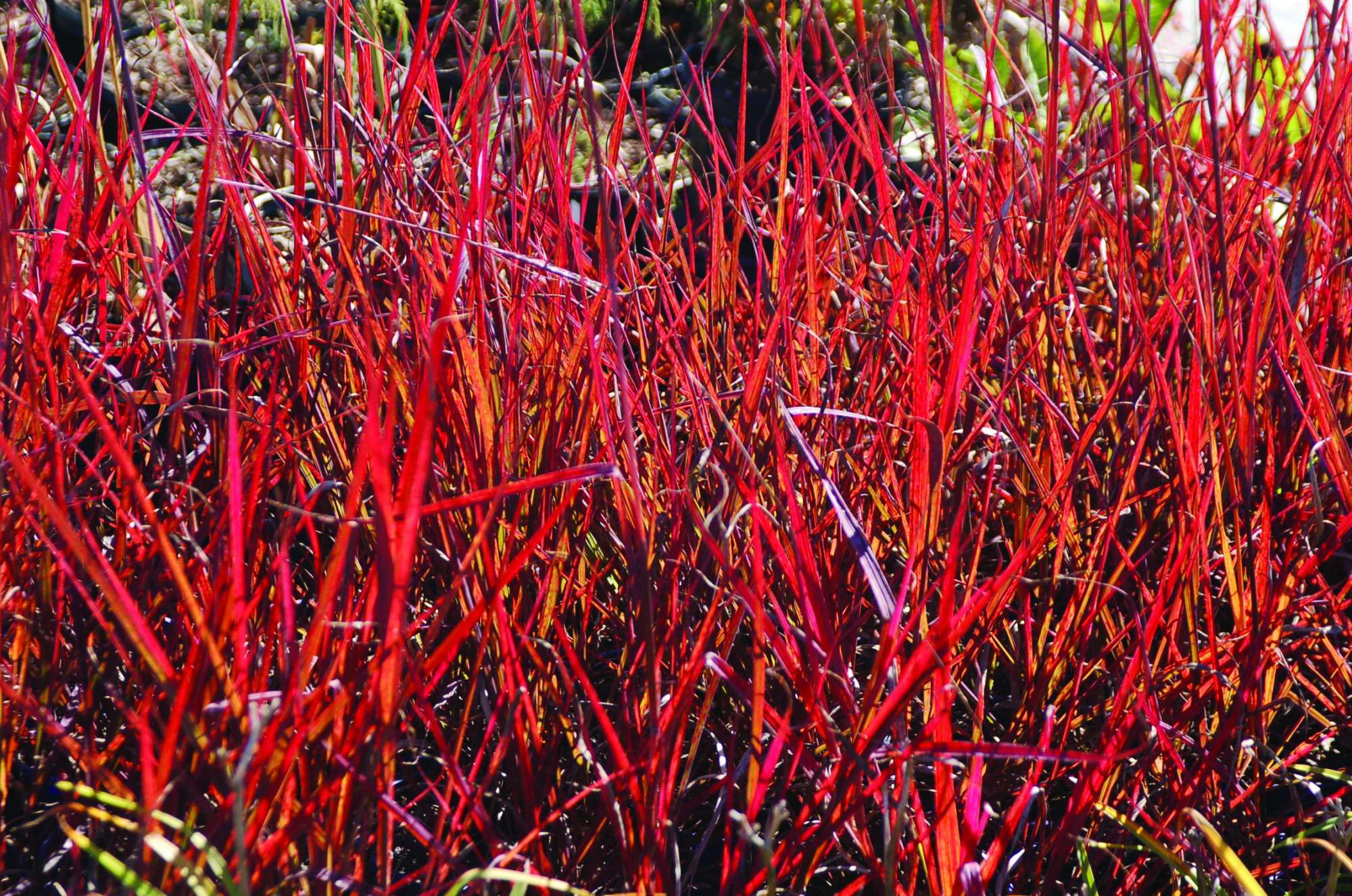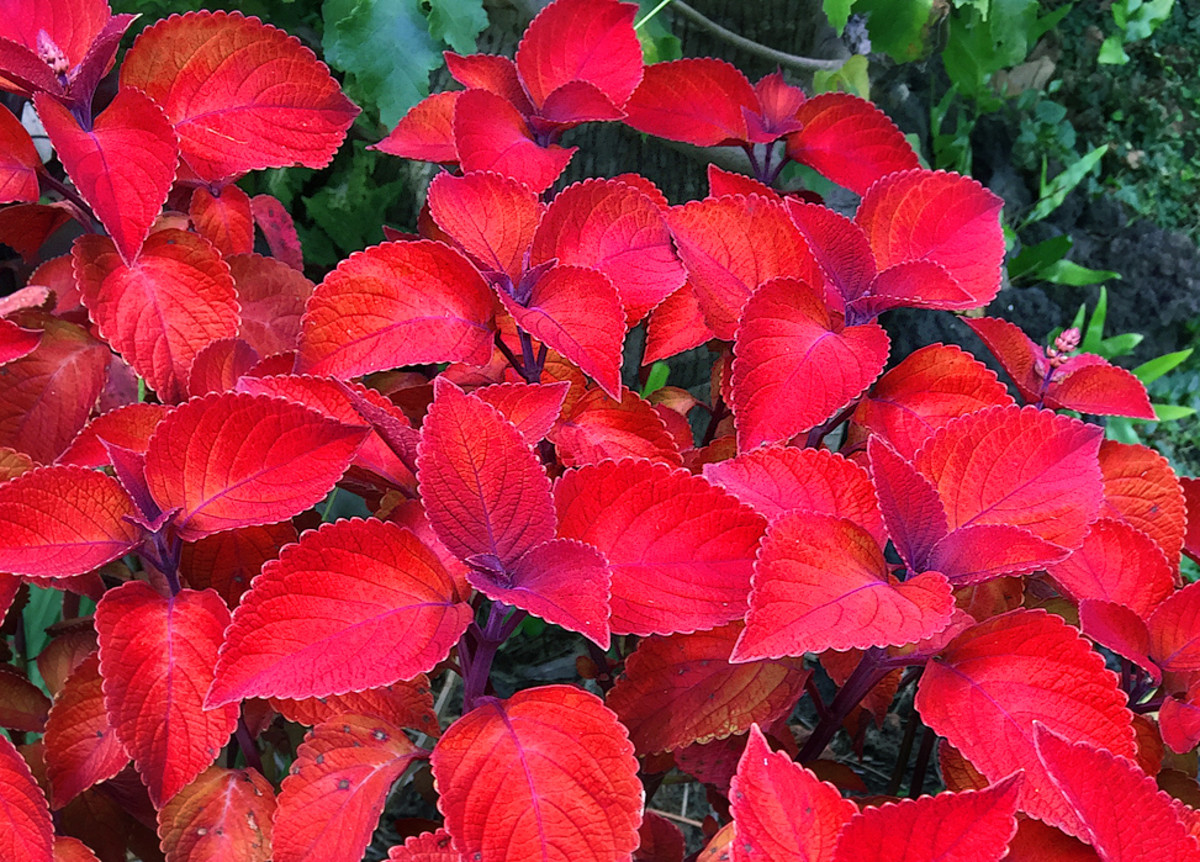Plants with red stems, an alluring sight in the tapestry of nature, hold a captivating story that intertwines ecological significance, evolutionary adaptations, and horticultural charm. From towering trees to sprawling vines, these botanical wonders paint the landscape with their vibrant hues, inviting us to delve into their world of science and splendor.
Their crimson stems, a testament to nature’s artistry, play a crucial role in photosynthesis, providing energy for growth and sustenance. Moreover, these stems serve as a defense mechanism against herbivores, deterring them with their vibrant coloration.
Varieties of Plants with Red Stems

In the vibrant tapestry of the plant kingdom, there exists a captivating array of species adorned with stems of a rich crimson hue. These botanical wonders come in various forms, from towering trees to sprawling shrubs and delicate vines. Their stems serve as vital conduits, transporting water and nutrients throughout their intricate structures.
To unravel the diversity of plants with red stems, we embark on a botanical journey, categorizing them based on their growth habits:
Shrubs
- Loropetalum chinense (Fringe Flower): A deciduous shrub native to China and Japan, renowned for its vibrant red stems that contrast beautifully with its dark green foliage. Its petite, fringed flowers bloom in abundance during spring, adding a touch of delicate charm to the landscape.
- Physocarpus opulifolius ‘Diabolo’ (Ninebark): A popular cultivar known for its striking red stems that persist throughout the year. Its lobed leaves turn vibrant shades of orange and red in autumn, creating a breathtaking display. Its clusters of small white flowers bloom in early summer, adding a touch of elegance to the garden.
- Chaenomeles speciosa (Japanese Flowering Quince): A deciduous shrub prized for its ornamental value. Its thorny stems are a deep shade of red, adding a touch of drama to the garden. Its showy, saucer-shaped flowers bloom in vibrant shades of pink, white, or red, creating a captivating display in early spring.
Trees
- Cornus sanguinea (Bloodtwig Dogwood): A deciduous tree or shrub native to Europe and Asia. Its bright red stems are a stunning feature during the winter months when the leaves have fallen. Its clusters of small white flowers bloom in late spring, followed by blue-black berries in autumn.
- Acer palmatum ‘Bloodgood’ (Japanese Maple): A small, deciduous tree renowned for its exquisite foliage. Its deeply lobed leaves emerge red in spring, turning fiery shades of orange and red in autumn. Its slender, red stems add an extra touch of elegance to this captivating tree.
- Betula nigra (River Birch): A deciduous tree native to North America. Its peeling, cinnamon-red bark is a distinctive feature, providing visual interest throughout the year. Its ovate leaves turn vibrant shades of yellow in autumn, creating a stunning display.
Vines
- Vitis coignetiae (Crimson Glory Vine): A vigorous vine native to China. Its stems are a deep shade of red, contrasting beautifully with its large, heart-shaped leaves. Its inconspicuous flowers bloom in early summer, followed by small, black berries in autumn.
- Clematis texensis (Scarlet Clematis): A deciduous vine native to North America. Its stems are a vibrant shade of red, adding a touch of color to trellises, fences, or arbors. Its showy, bell-shaped flowers bloom in abundance in early summer, attracting pollinators with their sweet fragrance.
- Passiflora incarnata (Passion Flower): A vigorous vine native to the Americas. Its stems are a deep shade of red, providing support for its intricate, passion-shaped flowers. Its exotic flowers bloom in shades of white, pink, or purple, attracting hummingbirds and other pollinators.
Ecological Significance of Red Stems

Red stems in plants hold ecological importance, serving various physiological and ecological functions. They play a crucial role in photosynthesis and protection against herbivores. Additionally, red stems contribute to plant-animal interactions, influencing pollination and predator deterrence.
In photosynthesis, red stems contain anthocyanin pigments, which absorb blue and green light. This allows the plant to capture a wider range of light wavelengths, maximizing energy absorption for photosynthesis. Moreover, anthocyanins act as antioxidants, protecting chlorophyll from damage caused by excess light.
Herbivore Deterrence
Red stems also serve as a defense mechanism against herbivores. The bright red coloration often indicates the presence of toxic or unpalatable compounds within the plant tissues. This deters herbivores from feeding on the plant, reducing the risk of damage.
Plant-Animal Interactions
Red stems play a role in plant-animal interactions. For instance, in some plant species, red stems attract pollinators such as hummingbirds and butterflies. The bright coloration serves as a visual cue, guiding pollinators to the nectar-producing flowers.
In contrast, for certain plant species, red stems deter predators. The red coloration may mimic the appearance of toxic or dangerous insects or animals, warning predators to avoid the plant.
Cultivation and Care of Plants with Red Stems
:max_bytes(150000):strip_icc()/white-baneberry-berries-pink-stem-big-56a582c95f9b58b7d0dd3c40.jpg)
Growing and caring for plants with red stems is generally straightforward. These plants thrive in a wide range of environments, making them suitable for both indoor and outdoor cultivation.
Here are some general guidelines for growing and caring for plants with red stems:
Soil Requirements
Plants with red stems prefer well-draining soil that is rich in organic matter. A mixture of potting soil, compost, and perlite is ideal for most species.
Watering Schedules
Water plants with red stems regularly, allowing the soil to dry out slightly between waterings. Avoid overwatering, as this can lead to root rot.
Light Conditions
Most plants with red stems prefer bright, indirect light. However, some species, such as the red-stemmed sedum, can tolerate full sun.
Common Pests and Diseases
Plants with red stems are generally resistant to pests and diseases. However, they can be susceptible to mealybugs, aphids, and spider mites. Regular inspection and prompt treatment with insecticidal soap or neem oil can help control these pests.
Fertilizer Requirements, Plants with red stems
Fertilize plants with red stems monthly during the growing season with a balanced liquid fertilizer. Avoid overfertilizing, as this can damage the plants.
Specific Cultivation Needs of Different Species
The specific cultivation needs of different species with red stems can vary. The following table summarizes the preferred pH levels, temperature ranges, and fertilizer requirements for some common species:
| Species | pH Level | Temperature Range | Fertilizer Requirements |
|---|---|---|---|
| Red-stemmed sedum | 5.5-6.5 | 60-80°F (16-27°C) | Monthly with balanced liquid fertilizer |
| Red-stemmed coleus | 6.0-7.0 | 70-85°F (21-29°C) | Weekly with diluted liquid fertilizer |
| Red-stemmed alternanthera | 5.5-6.5 | 70-90°F (21-32°C) | Monthly with balanced liquid fertilizer |
